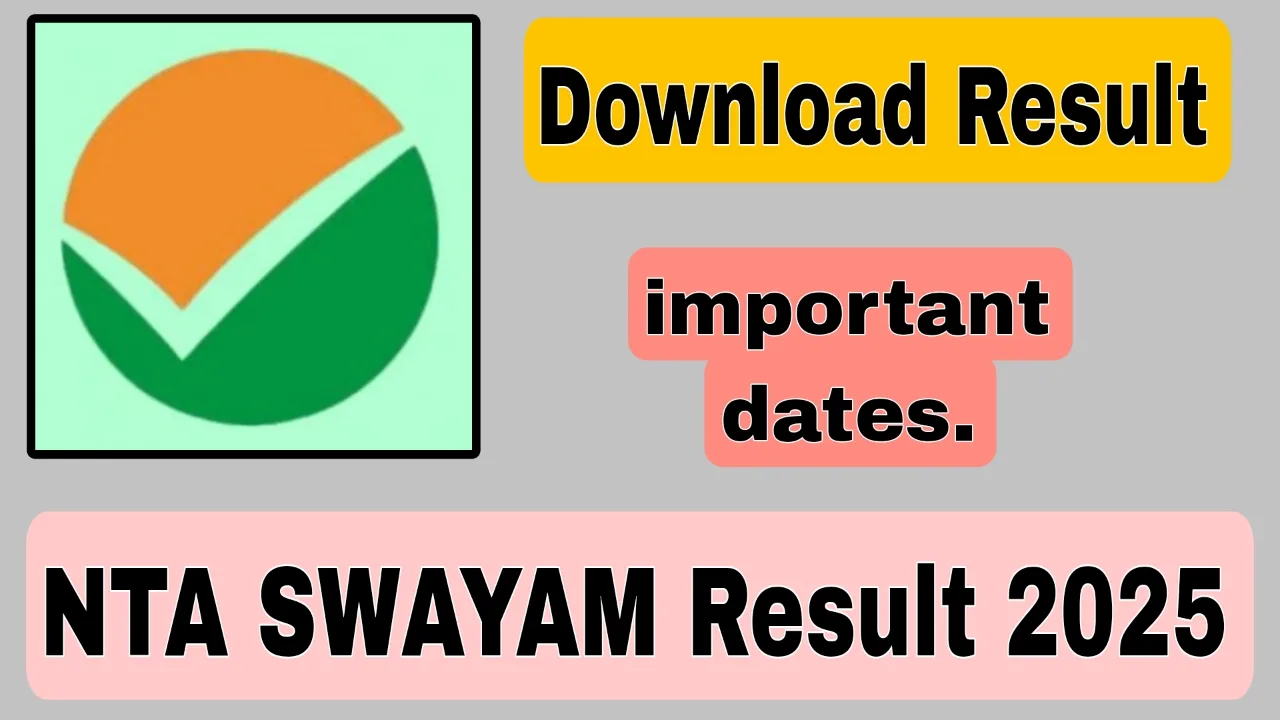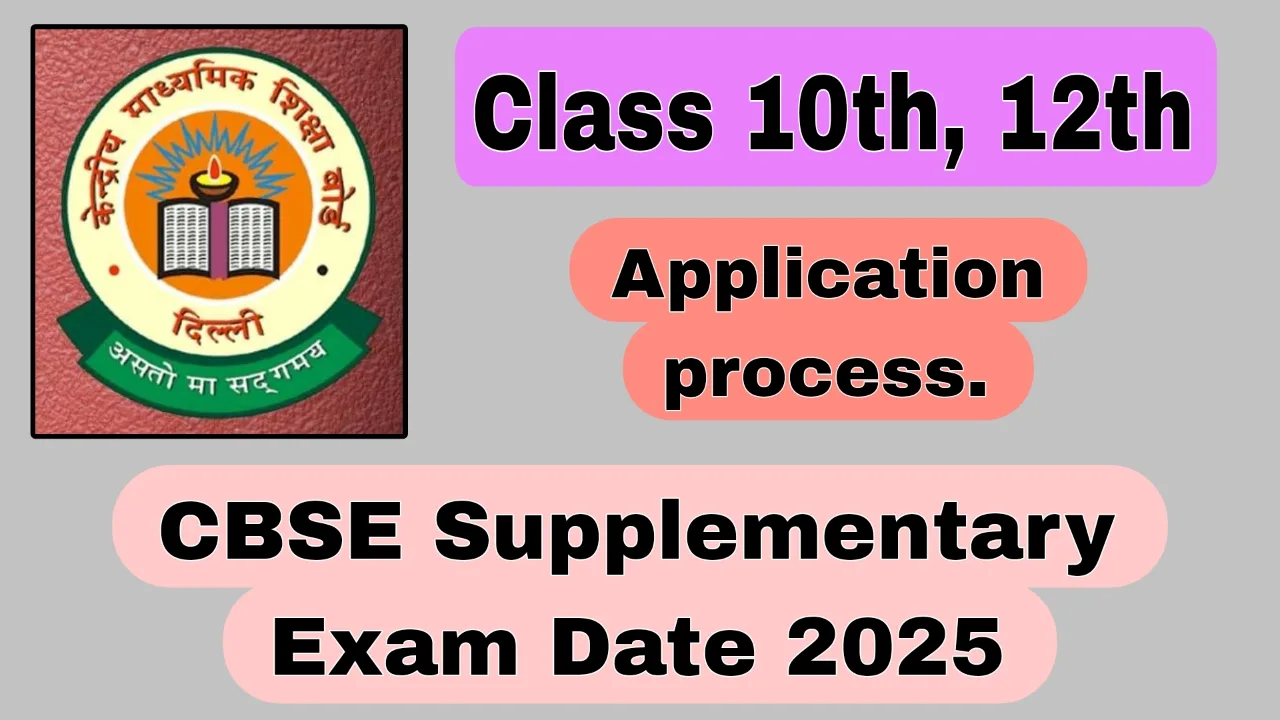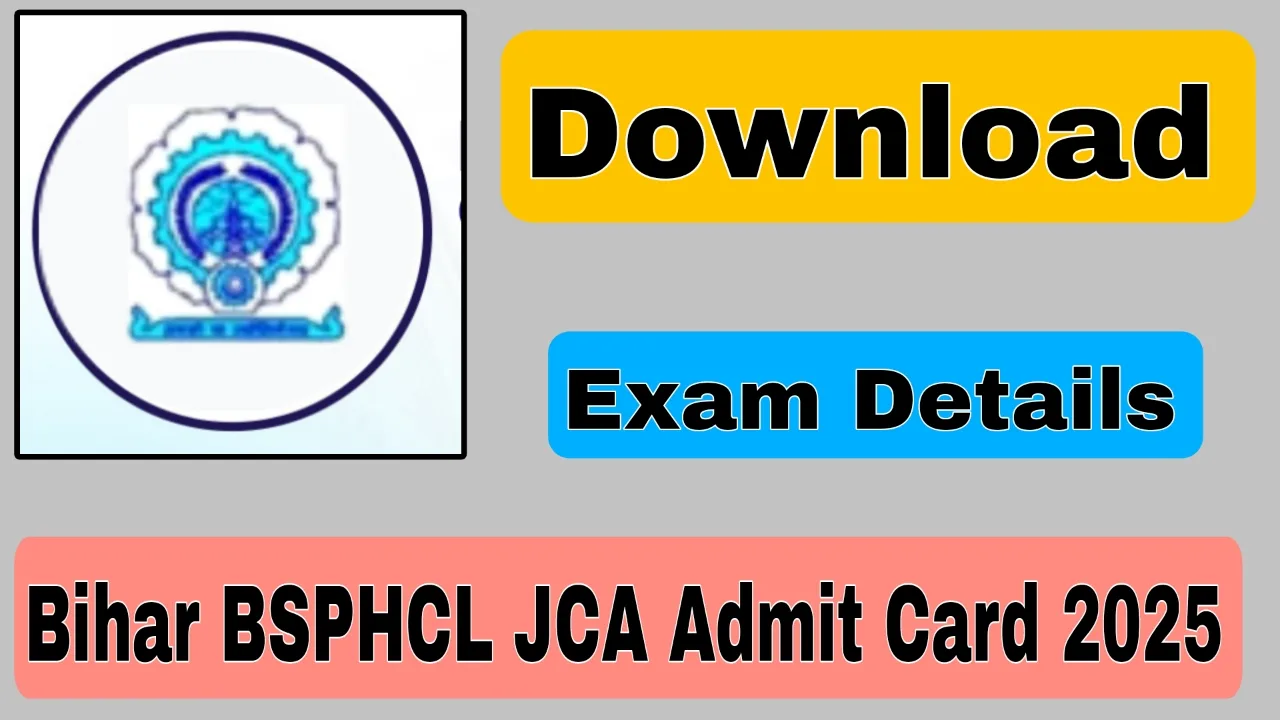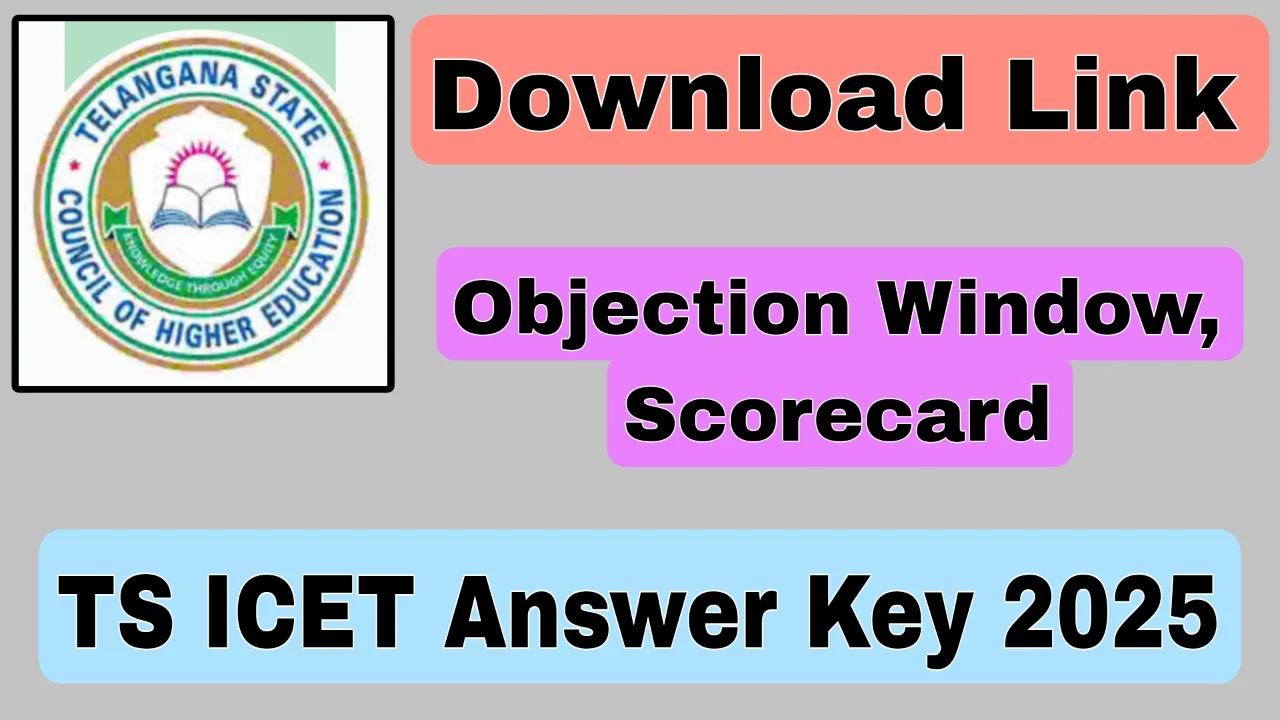The Karnataka Secondary Education Examination Board (KSEEB) SSLC exams are a crucial milestone for students in Class 10. With the 2025 exam pattern expected to follow recent trends, understanding the subject-wise marks distribution, question types, and marking scheme is essential. Whether you’re a student, parent, or teacher, this guide breaks down everything you need to know—straight from official updates, expert insights, and real student experiences. Let’s dive in!
Key Highlights 🔍
| Key Point | Details |
|---|---|
| Organization Name | Karnataka Secondary Education Examination Board (KSEEB) |
| Exam Level | State-Level (Class 10) |
| Total Subjects | 6 (3 Languages + Core Subjects) |
| Exam Duration | 3 Hours per Paper |
| Total Marks | 625 (Theory + Internal Assessment) |
| Question Types | MCQs, Short Answers, Long Answers |
| Passing Marks | 35% in Each Subject |
| Grading System | A1 (90-100%), A2 (80-89%), etc. |
| Official Website | kseab.karnataka.gov.in |
KSEEB SSLC 2025 Exam Structure 📝
The exam pattern is designed to test students’ conceptual understanding and application skills. Here’s how it’s structured:
1. Subjects & Marks Distribution
Students must appear for six subjects:
| Subject Category | Subjects | Marks (Theory + IA) |
|---|---|---|
| First Language | Kannada, Hindi, English, etc. | 100 (80 + 20) |
| Second Language | English, Sanskrit, etc. | 80 (65 + 15) |
| Third Language | Hindi, Urdu, etc. | 80 (65 + 15) |
| Core Subjects | Maths, Science, Social Science | 100 (80 + 20) each |
Note: Internal Assessment (IA) includes projects, lab work, and oral tests.
2. Question Paper Format
Each subject follows a mix of question types:
| Question Type | Weightage | Example |
|---|---|---|
| MCQs (1 Mark) | 10-15% | “What is the SI unit of force?” |
| Short Answers (2-3 Marks) | 40-50% | “Explain Ohm’s Law in 30 words.” |
| Long Answers (5 Marks) | 30-40% | “Discuss the causes of World War I.” |
Subject-Wise Breakdown 🧩
1. Mathematics (Code: 81E)
- Total Marks: 100 (80 Theory + 20 IA)
- Key Topics: Algebra, Geometry, Trigonometry
- Exam Tip: Practice derivations & previous year papers.
2. Science (Code: 83E)
- Total Marks: 100 (80 Theory + 20 IA)
- Key Topics: Physics, Chemistry, Biology
- Exam Tip: Diagrams & numericals carry high weightage.
3. Social Science (Code: 85E)
- Total Marks: 100 (80 Theory + 20 IA)
- Key Topics: History, Geography, Civics
- Exam Tip: Focus on map-based questions.
Grading System & Passing Criteria 🎯
The KSEEB SSLC grading system is as follows:
| Grade | Marks Range |
|---|---|
| A1 | 90-100% |
| A2 | 80-89% |
| B1 | 70-79% |
| B2 | 60-69% |
| C1 | 50-59% |
| C2 | 35-49% |
| D | Below 35% (Fail) |
Passing Requirement: Minimum 35% in each subject.
Expert Tips to Ace the Exam 🏆
- Time Management: Allocate more time to high-weightage topics.
- Previous Year Papers: Solve at least 5 years’ papers for pattern familiarity.
- Revision Notes: Create short notes for quick revisions before exams.
“Students often lose marks in Science diagrams—label them clearly!”
— Ramesh K., CBSE Trainer (10+ Years Exp.)
Changes Expected in 2025 🔄
While no major overhaul is announced, minor tweaks may include:
- Increased competency-based questions (as per NEP 2020).
- More application-based MCQs in Science & Maths.
Stay tuned to the official KSEEB website for updates!
This guide covers all you need to strategize for the KSEEB SSLC 2025 exams. Got doubts? Drop them in the comments! 🚀












